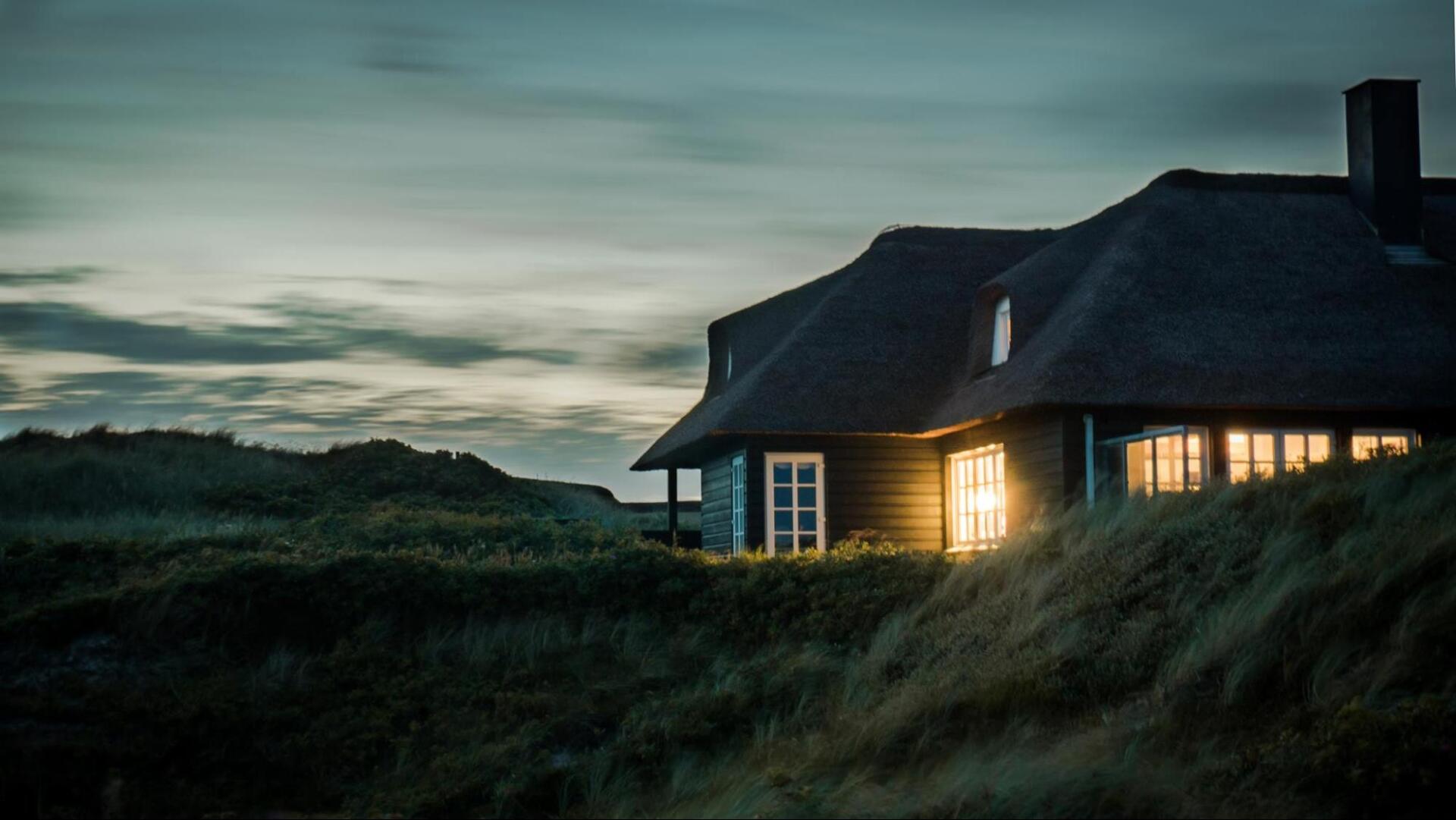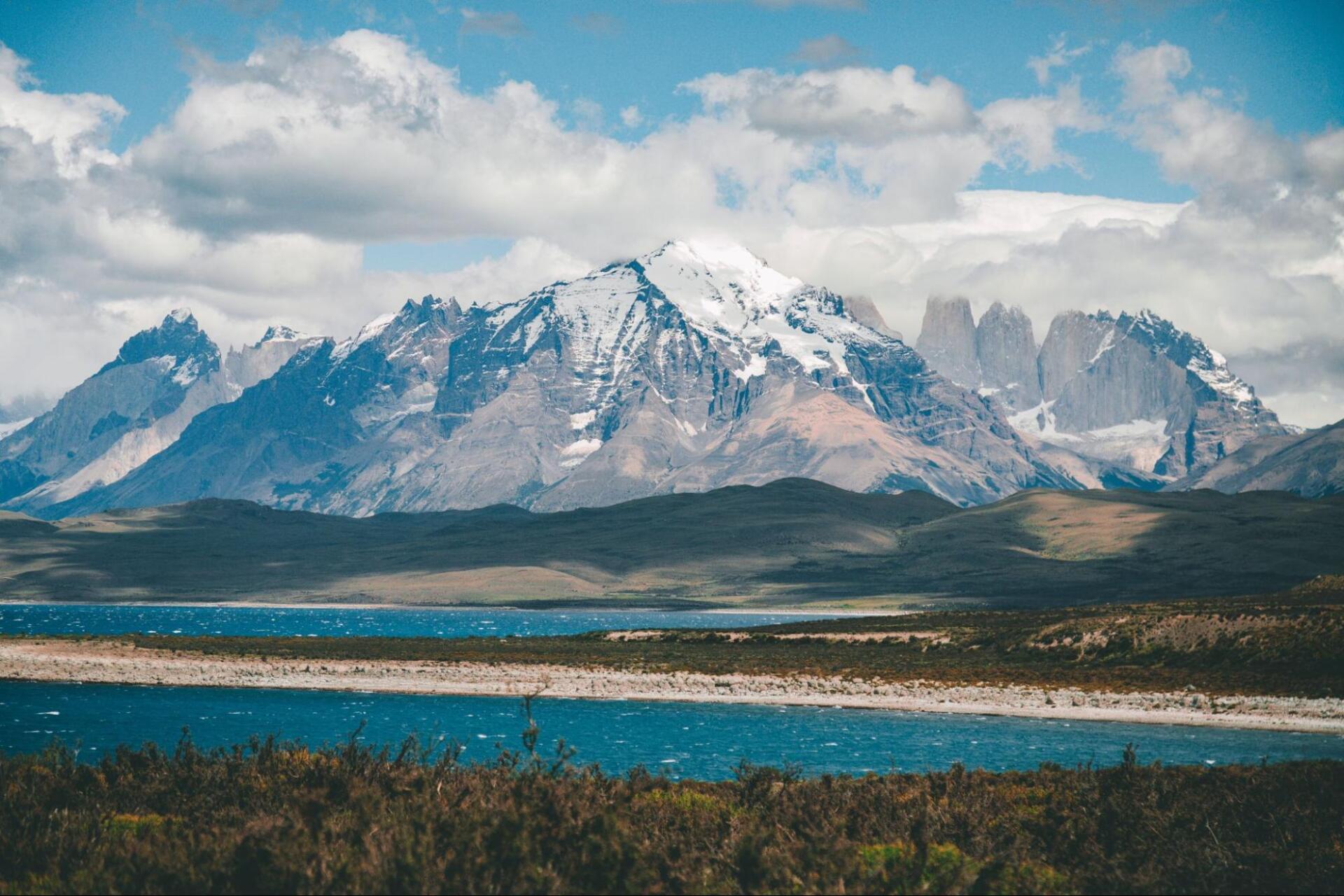Get the app to buy and sell new and used adventure sports gear and apparel.
The new circular economy for outdoor gear. Reduce your footprint, make money, give back, and get outside!

Time for a
new adventure?
Sea N’ Soul makes it easy to buy quality used gear at great prices. This not only helps you get outside, but it also helps the planet. By purchasing resale, you are helping to reduce pollution and overproduction.

You are helping nature thrive.
With every sale, we give a portion of our profits to non-profit organizations that are committed to nurturing nature. As outdoor adventurists, we believe in giving back to nature. It’s the least we can do.
The Sea N' Soul Resale Blog for Outdoor Sporting Enthusiasts

By Sea N' Soul
•
12 Nov, 2021
We are in the midst of a climate crisis, and while it is undeniable that the majority of damage is being done by a few extremely large companies (according to The Guardian , one-third of all greenhouse gas emissions are caused by just 20 companies), it is also undeniable that we, as a global community, have the power to enact seemingly small changes in our lives that collectively will make a huge difference in the fight against climate change. Here are 5 ways that you can make your home more environmentally friendly: Wash your clothes in cold water - according to Energy Star , up to 90% of the energy used by your washing machine goes to heating the water. So naturally you can reduce up to 90% of your laundry energy by using cold water. Hang dry everything you can - not only will this greatly reduce the energy consumption of your laundry routine, but it is also better for your clothes and will make them last longer. Win win! Use a programmable thermostat - this cool little device allows you to schedule the heating/cooling of your home. On most models you can schedule, by time of day and day of the week, when you want your system to heat, cool, or turn off completely. In the winter it’s best to lower the indoor temperature while you are sleeping to save energy, and you can program a thermostat to start heating your home 20 minutes before you wake up to ensure you are still comfortable while saving energy! Get window treatments - not only will these make your home look amazing, but in the summer months they help to shade your home and keep direct sunlight out. This will stop your home from overheating and therefore stop your AC from working overtime. Use a toaster oven - this might sound silly, but hear me out. Heating up your oven every single time you need to cook something (like 1 or 2 potatoes) is a huge waste of energy. We suggest you batch cook your food weekly if you can, this will save you from heating up your oven multiple times throughout the week. If you need to re-heat something or cook something in the moment, you can use a toaster oven which requires much less energy than heating the whole oven. There are so many more ways to make your home more energy efficient, but these are the top few that we think are really important and accessible to everyone. What’s your best tip for an eco-friendly home? Tell us on Instagram @seansoulreuse !

By Sea N' Soul
•
08 Nov, 2021
It sounds easy enough: buy a backpack, fill it with your survival essentials, and hit the trail for a few days in the backcountry. But what happens when 2 hours into the trail your hips are sore and your shoulder blades feel like there’s a knife stuck between them? Choosing the right backpack for your body can make all the difference between a leisurely, enjoyable trip to the woods and what feels like a survival nightmare. Make sure you are outfitted with the right pack by following the tips below. The three main areas that are most important to dial in are: Pack capacity: how long you will be in the backcountry will decide how large of a pack you need. Torso length: this is more important than your overall height Pack features: these are refinements that allow you to adjust your pack and make it mold to your body perfectly Questions to ask yourself to help you choose the right pack: How long will you be in the wilderness? As a general rule, the longer you plan to be backpacking the larger your pack needs to be. This is simply due to the fact that you will need more space for food, water, etc. General guidelines: weekend trip 30-50L, multi day (3-5 nights) 50-80L, and extended trips of 5+ nights 70L or larger What kind of frame do you want? Internal frames are the most popular these days because they don’t put so much pressure on certain points of your hips and back, but there are also external frames and frameless options available. How do you want to access the items in your pack? Most packs are top & bottom opening allowing you to store overnight, less accessed items at the bottom and items you will need throughout the day on the top (like snacks, sunscreen, hat, etc.). But some packs will also have panel openings along the side or middle of your pack. This option is purely for your own ease of access and won’t necessarily affect your hiking experience. Are you a pocket person? Some packs come with lots of little pockets for you to shove little things into like chapstick, batteries, SPF, etc. and some packs come much more streamlined without the extra pocket space. Personally, at Sea N’ Soul we like the pockets because it allows us to put those little odds and ends in easy to access places so if you need a re-up of chapstick you don’t have to take off and open up your whole pack to get to it. How much padding do you want? Once you’ve been on the trail for a few hours you might start to notice areas of your pack that are putting more pressure on your body than others. Pack design has come a long way since the inception days, and you can find packs with lots of padding to cushion areas of your body that might be more susceptible to those pressure points. If you have protruding hip bones you might want to look for a pack with considerable padding along the hip belt. Do you travel with trekking poles or a climbing helmet? Getting a pack with attachment points is amazing for putting those large, awkward items onto your back but not into your pack. Daisy chains, gear loops, and reinforced crampon patches are all options for securing your extras to the outside of your pack that you should consider when choosing your pack. There are so many details you can look for when choosing your backpack, but the ones stated above are the most important to your overall comfort while out in the wilderness. All information here was found on www.rei.com and we are so grateful for the wealth of knowledge that they share! Do you have an extra backpack that doesn’t fit you right, or you haven’t used in a while? List it on Sea N’ Soul! Someone else is bound to love that pack and you will make a little money back on your investment - win/win if you ask us! Happy trails!

By Sea N' Soul
•
04 Nov, 2021
When it comes to outdoor gear and apparel, some brands just do it better. While reselling is the best way to extend the life cycle of your gear, we also want to make sure we are supporting brands that put the environment first in their business model. Below are some of our favorite ethical outdoor brands: Mountain Hardwear: from flame retardant free tents, to responsible down, to using recycled materials, Mountain Hardwear puts their money where their mouth is when it comes to sustainability. They make high quality gear with a low-impact manufacturing process. Marmot: not only does Marmot use recyclable and reusable materials in their apparel, they also started a transportation reduction initiative in 2011 that was designed to reduce the amount of miles that raw materials would have to travel. Since the launch of this initiative they have cut air shipments by 60%. Patagonia: where do we even start with this brand - they are everyone’s favorite and arguably are the gold standard for putting the planet over profit. Not only have they drastically reduced their carbon footprint by removing oil from their products, using 100% renewable energy in all stores & offices in North America, and choosing materials based on an environmental profit & loss metric model, but they also support community led projects to reduce fossil fuels in and protect nature. Lastly, they are constantly encouraging their community to be stewards of the environment and get involved in climate change activism. We could write a novel on why Patagonia is the most environmentally conscious company on the planet, but you can see for yourself at their website. We always promote for everyone to shop secondhand, but we understand that there will always be a market for new gear & apparel, but we hope that this short list of brands that put Planet over Profit will help you make an informed decision next time you’re looking for something shiny and new.




